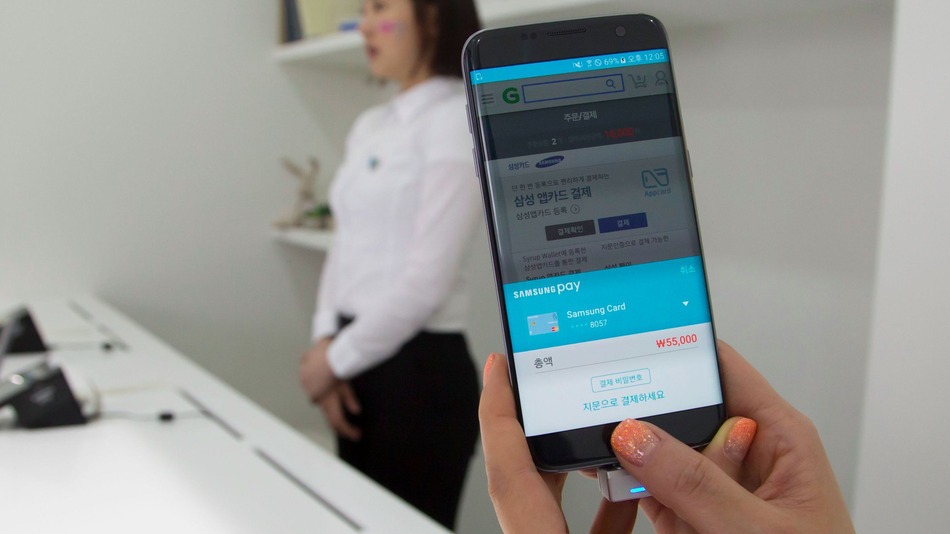
Samsung Pay launches in China and Singapore
SINGAPORE — Samsung has announced a spate of mobile payments services in Asia, with the most fanfare given to its tap-to-pay Samsung Pay service opening in China.
At the same time, Singaporeans will get a more limited — but certainly crucial part of the mobile payment picture — deployment, allowing them to tap and pay in buses and subway trains here.
Samsung’s announcement is China is huge. It’s about a month-and-a-half later than arch rival, Apple, in the world’s largest smartphone market, and will allow users to pay at checkout counters that support China UnionPay, the country’s interbank network, that has a reported 5 million contactless point-of-sale terminals in China.
China is Samsung Pay’s third market; the service is already available in its home country of South Korea, and launched in September last year in the U.S..
 IMAGE: MAO MAO/IMAGINECHINA
IMAGE: MAO MAO/IMAGINECHINA
Unlike Apple Pay, which can only make payment at NFC (near-field communications) contactless terminals, Samsung’s newer devices have additional support for MST (magnetic source transmission) technology. That allows the phones to emit a signal similar to the magnetic strip on swiped credit cards, so users can pay at older terminals, too.
[su_pullquote align=”right”]It’s hard to say if mobile payments will persuade more to come back to Samsung.[/su_pullquote] Users on Weibo started posting screen shots of their cards successfully added to their Samsung phones on Tuesday. There were no immediate reports of sign-up congestion on the service, unlike when Apple Pay launched last month and received a flood of sign-ups, which appeared to result insystem errors for users.
It’s hard to say if mobile payments will persuade more to come back to Samsung in China, where its market share has continued to slip in recent years. According to analyst data, Samsung had 7.7% of the smartphone market in China in Dec. 2015, having slipped from 18% back in 2013.
Samsung now stands fourth in the country behind Xiaomi, Apple and Huawei. China’s smartphone landscape is largely fragmented, with numerous local and white label brands flooding the market. In comparison, Apple has 11% share and Huawei, top of the list, has about 13%.

While Samsung and Apple have grabbed headlines with their mobile payments ambitions in China, both foreign phone makers have stiff competition in the form of incumbents like Alibaba’s Alipay service and popular chat messenger Tencent WeChat, which is the country’s dominant messaging app, and claims to have 200 million users’ credit card information. Alipay has the lion’s share of China’s market, with over 400 million registered users.
Tap-to-pay on public transport in Singapore
Over in Singapore, Samsung also announced on Tuesday that its newer devices will get the ability to pay for bus and subway train rides.
But it won’t work without new NFC-enabled SIM cards, which users will have to get from their phone companies.
Besides Samsung, LG’s Optimus G devices and Sony Xperia Z smartphones with NFC capabilities can support the new SIM cards and will work on public transport here, too.
Singapore’s EZ-Link public transport payment service is also available at various retail chains outside of transportation, such as food outlets and public community centres. There are some 30,000 EZ-Link terminals across the island, competing with Visa and MasterCard’s contactless terminals.





